Healthiest Dog Breeds Ranked by Longevity and Wellness Factors
Choosing a dog breed that is healthy can make a big difference in the pet’s quality of life and the owner’s experience. Different breeds have varying risks of health problems, which can affect how long and how well a dog lives. Understanding which breeds are generally healthier helps people pick a dog that may require fewer vet visits and enjoy a longer life.
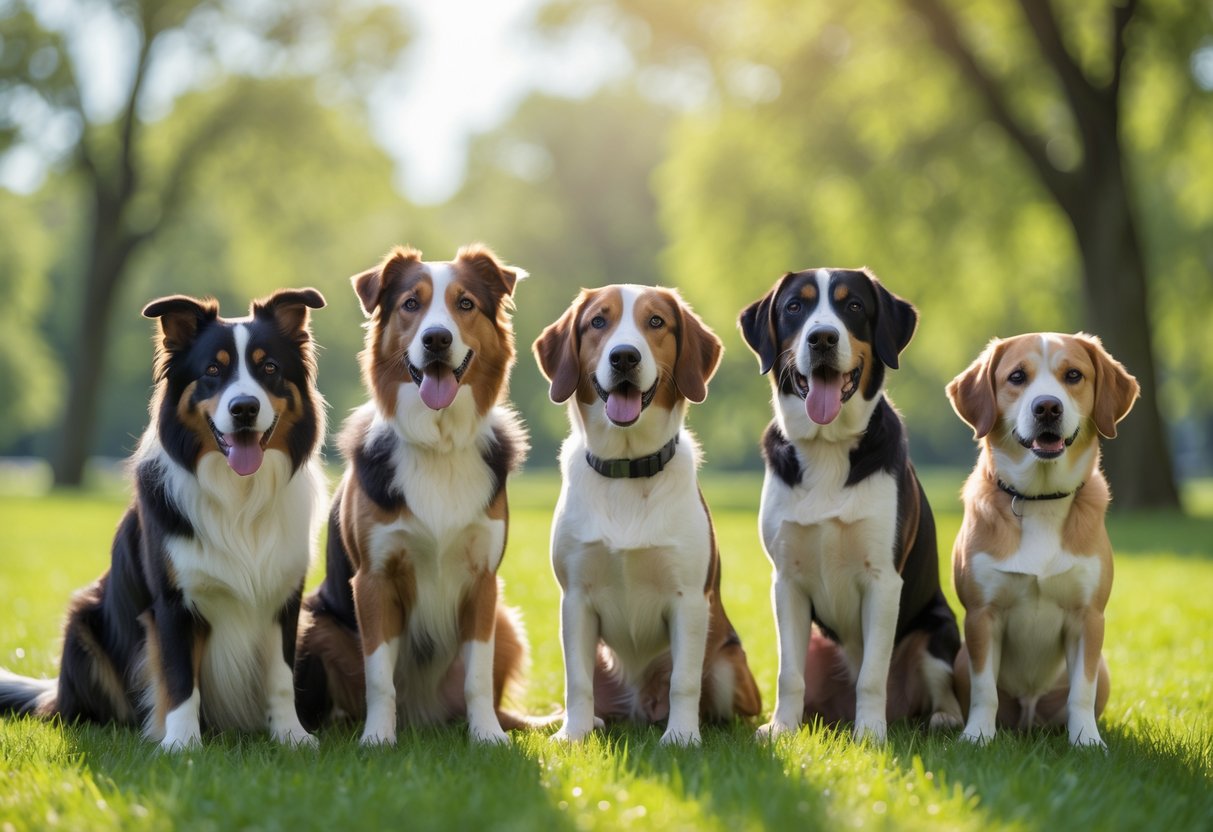
Health is influenced by both genetics and environment, including diet, exercise, and care. While no dog is completely free of health issues, some breeds tend to have fewer problems. Knowing this can guide people in finding a dog that fits their lifestyle and helps create a happier, healthier bond.
1) Australian Cattle Dog
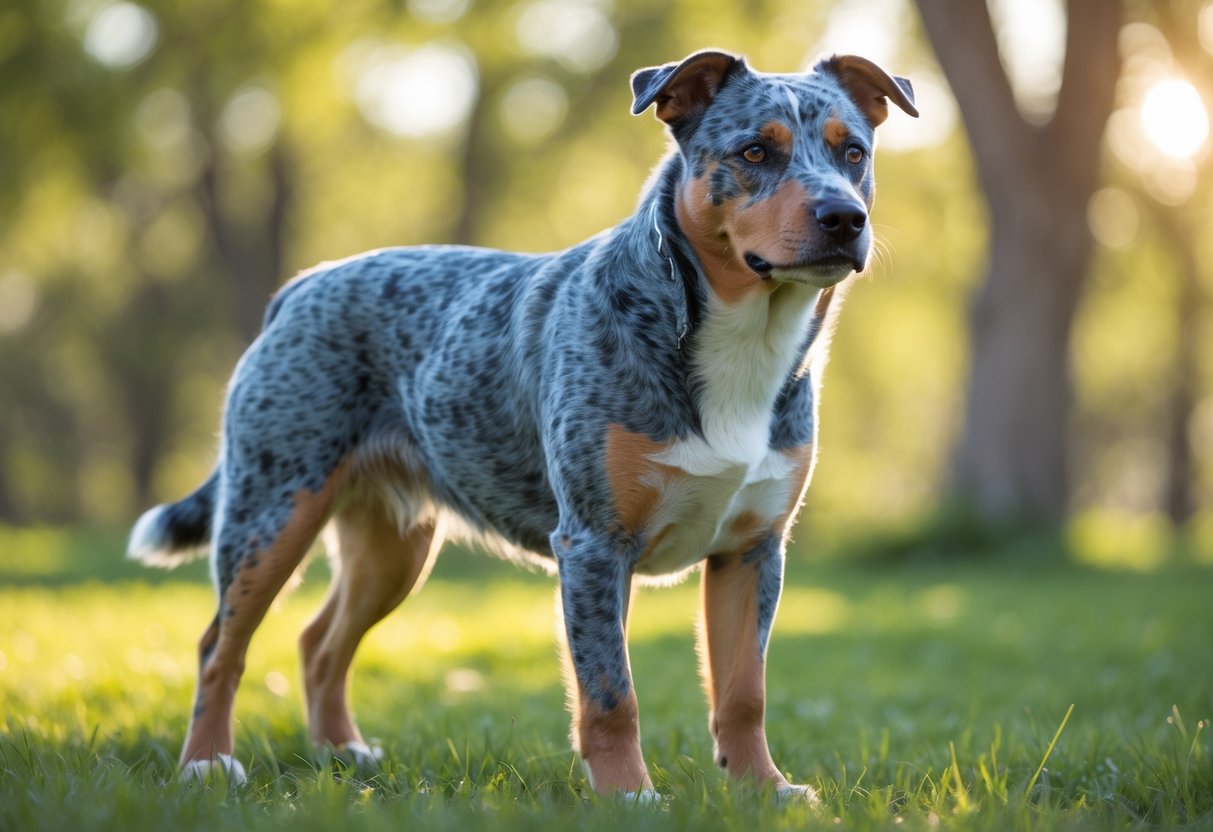
The Australian Cattle Dog is known for its strong health and hardiness. It has a lifespan of 12 to 16 years, which is typical for a breed of its size. This dog was bred to work, so it has a sturdy body and good endurance.
Some health issues can occur in this breed, mainly due to genetics. Common concerns include hip dysplasia, deafness, and certain eye problems like progressive retinal atrophy. These issues do not affect all dogs but are important to watch for.
Regular exercise is important to keep the Australian Cattle Dog healthy. Because it is an active breed, maintaining a good diet and routine vet visits helps prevent many health problems.
This breed’s overall fitness and longevity make it one of the healthier choices for people wanting a working or active dog. However, owners should still be aware of its specific health risks and take steps to monitor and care for their dog properly.
2) Chihuahua
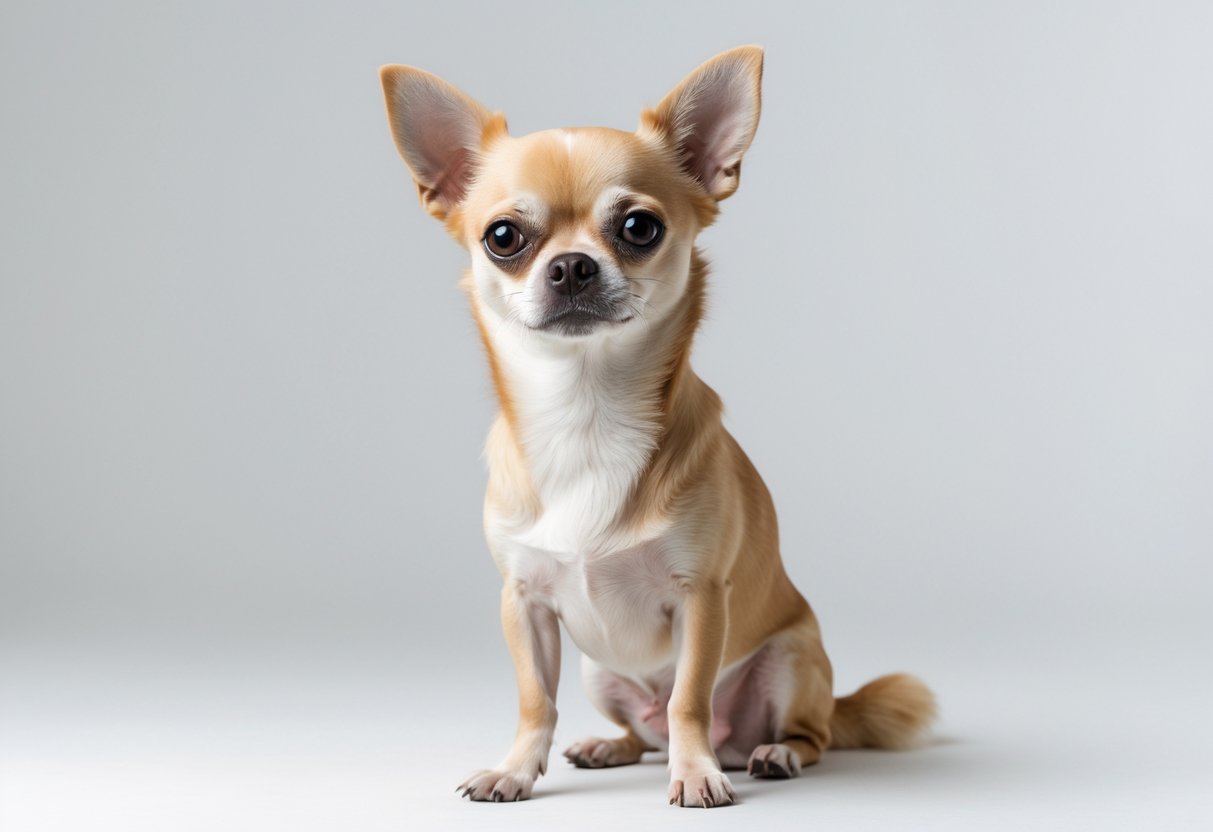
The Chihuahua is a small dog breed known for its lively personality and long lifespan. It often lives between 14 and 16 years, which is longer than many other breeds.
Chihuahuas are generally healthy but can face some common health issues. These include patellar luxation, where the kneecap slips out of place, and collapsing trachea, which affects breathing. Regular vet visits help catch these problems early.
This breed needs good care that includes proper nutrition, daily exercise, and dental hygiene. They thrive with attentive owners who watch for signs of health changes.
Because Chihuahuas are prone to certain medical issues, many owners choose pet insurance. This helps cover unexpected vet bills and ensures the dog gets the needed care.
Chihuahuas make loyal companions. Their small size and bold nature require a balance of gentle handling and active play to keep them healthy and happy.
3) Toy Poodle
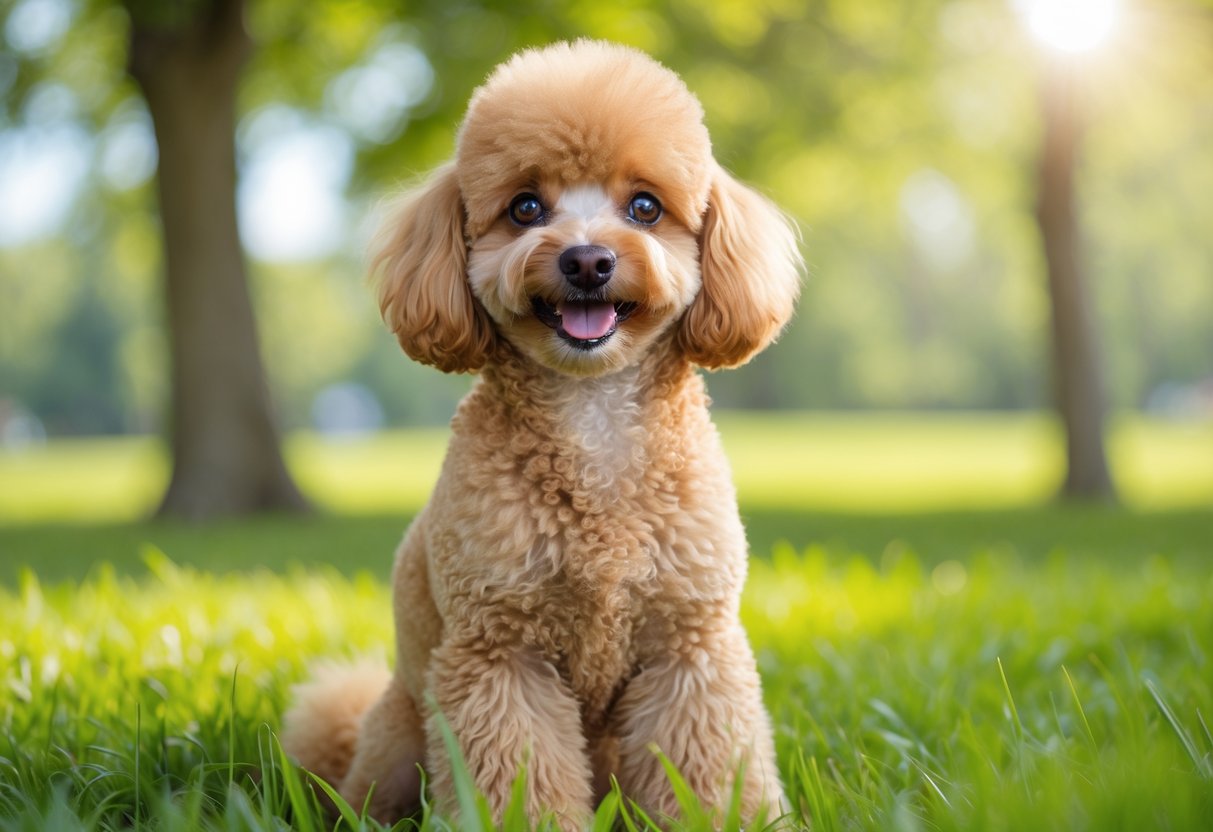
The Toy Poodle is a small, intelligent breed known for its friendly nature and adaptability. It is popular in homes with limited space because of its compact size.
This breed generally enjoys good health and can live 15 to 18 years. However, its small size makes it prone to certain health issues like luxating patella, where the kneecap slips out of place. This can cause occasional limping or trouble standing.
Toy Poodles also have delicate bone structures and smaller organs, which require attentive care. Regular vet checkups help catch problems early. Owners should focus on proper diet, exercise, and grooming to maintain the dog’s well-being.
Overall, while they are considered healthy, Toy Poodles need careful monitoring for breed-specific risks. This ensures they stay active and happy for many years.
4) Basenji
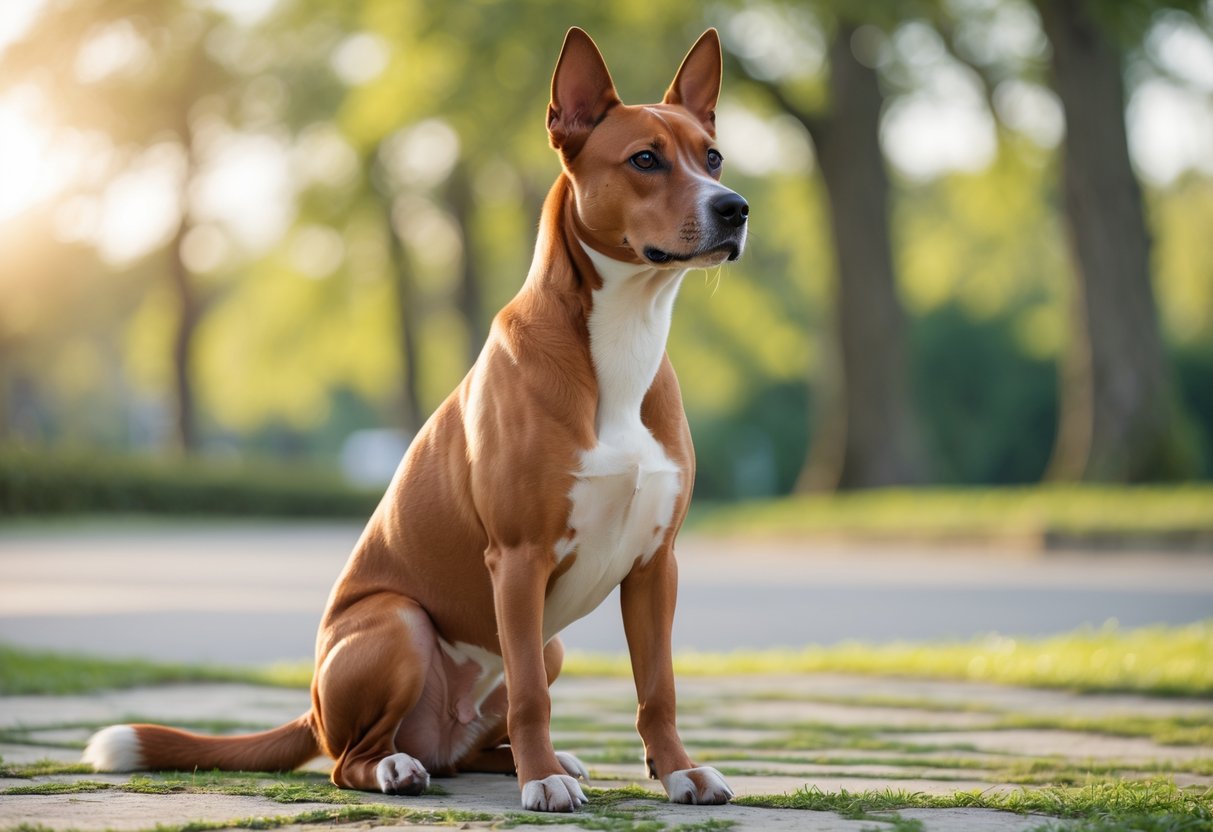
The Basenji is a small to medium-sized dog known for its unique yodel-like sound instead of barking. It has a strong, healthy build thanks to thousands of years of natural breeding with little human interference.
This breed is generally healthy and can live about 10 to 12 years. However, Basenjis may face certain health issues such as hypothyroidism, hip dysplasia, and some rare diseases like bladder or kidney stones. Regular vet visits help catch problems early.
Basenjis are active and intelligent dogs. They need daily exercise and mental challenges to stay healthy and avoid boredom. They are not the best choice for first-time dog owners due to their independent nature and training difficulty.
Responsible breeders check Basenjis for health conditions to reduce risks. Overall, the Basenji’s strong history and natural health make it one of the healthier dog breeds when properly cared for.
5) Shiba Inu
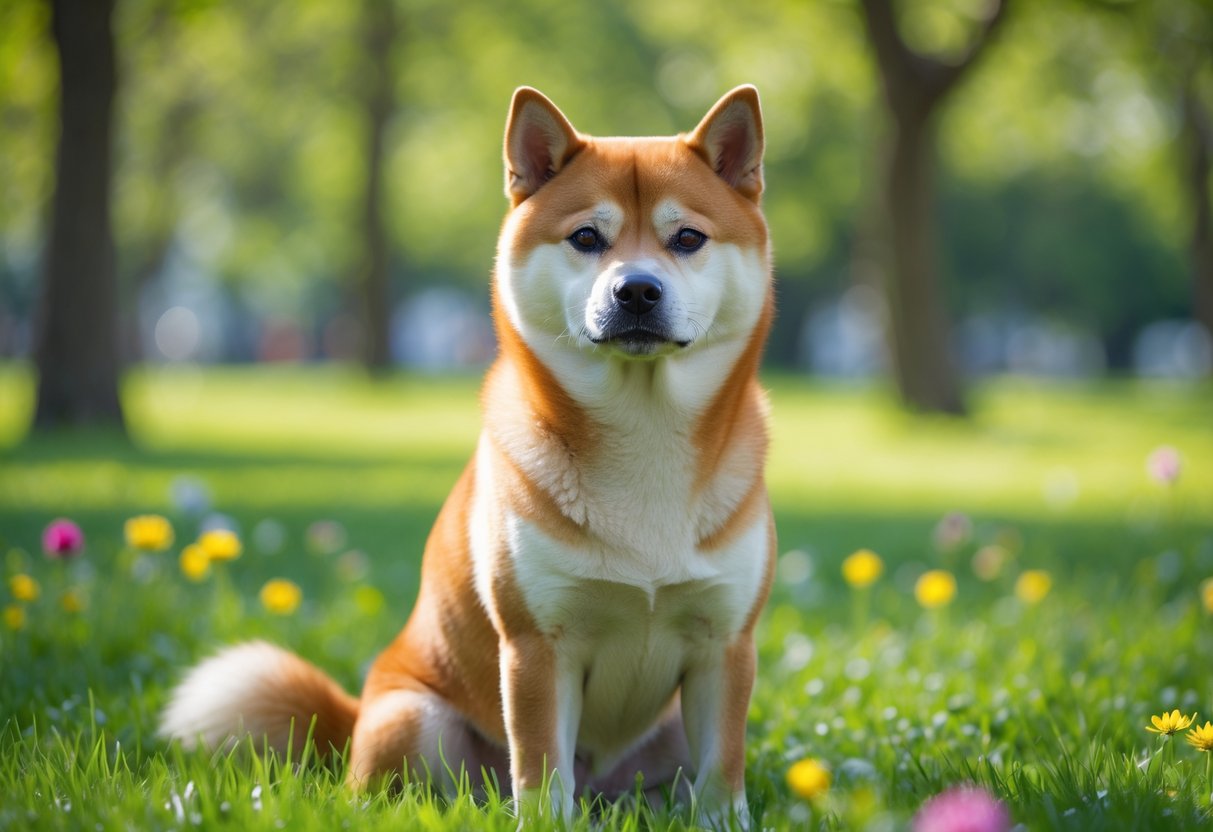
The Shiba Inu is a small to medium-sized dog breed from Japan. It is known for its fox-like face and thick coat. Shiba Inus are independent and bold, but they also show loyalty to their owners.
This breed is generally healthy but can face some common issues like allergies and joint problems. Regular check-ups and proper care help keep them in good shape.
Shiba Inus need daily exercise to stay active and happy. They like walks and playtime but also enjoy quiet moments. Their clean nature means they usually groom themselves well.
Training a Shiba Inu requires patience. They are intelligent but can be stubborn. Positive reinforcement works best to encourage good behavior.
Overall, the Shiba Inu fits well with owners who want an alert and confident dog. Understanding its needs helps maintain the breed’s health and well-being.
6) Beagle
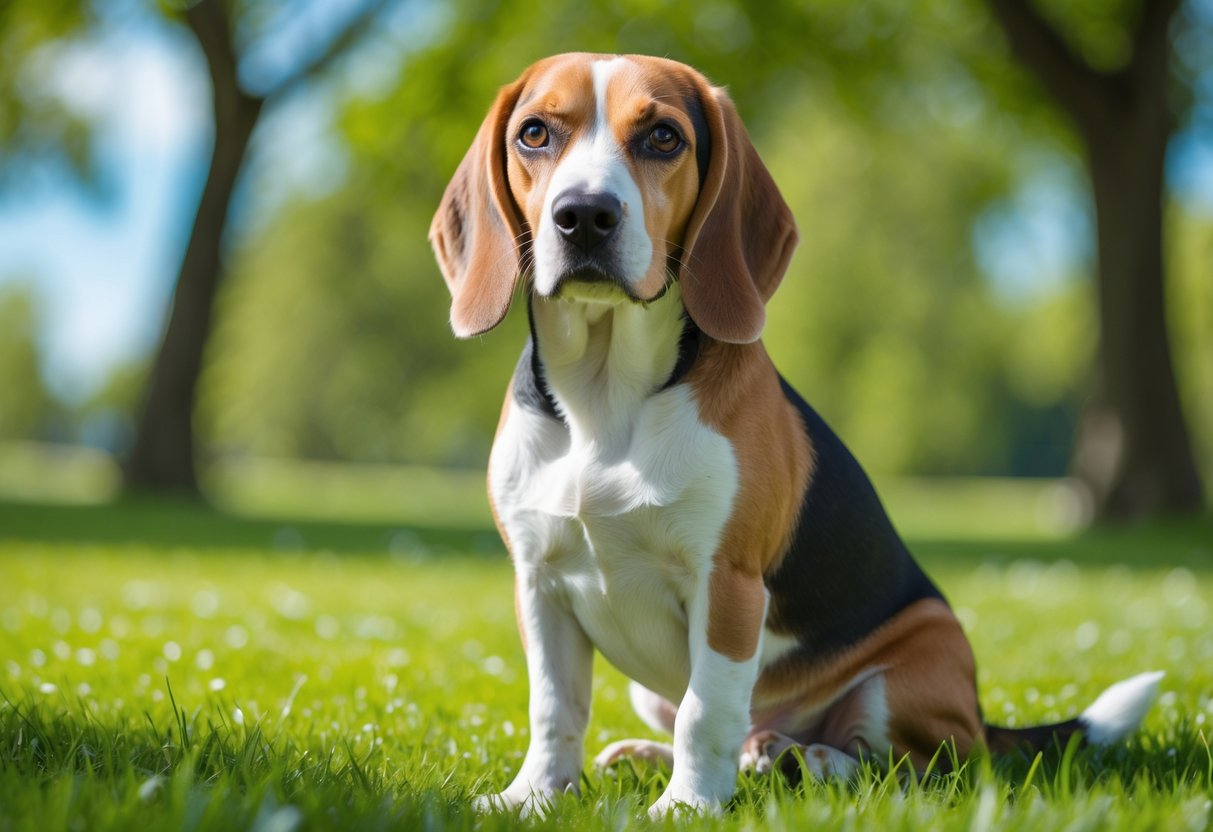
Beagles are a popular dog breed known for their friendly and playful nature. They are generally healthy dogs but can be prone to some breed-specific health issues.
Common problems in Beagles include ear infections, obesity, and hip dysplasia. Regular vet checkups help catch these concerns early. Their strong sense of smell and hunting background mean they need plenty of exercise and mental stimulation.
Beagles usually live around 12 to 15 years with proper care. Maintaining a balanced diet and regular physical activity supports their overall health. Owners should keep an eye on their weight, as Beagles can gain weight easily, which can lead to other health issues.
Though they face some risks, Beagles are considered reasonably healthy compared to many other breeds. Good care and attention help them live long, active lives.
7) Border Collie
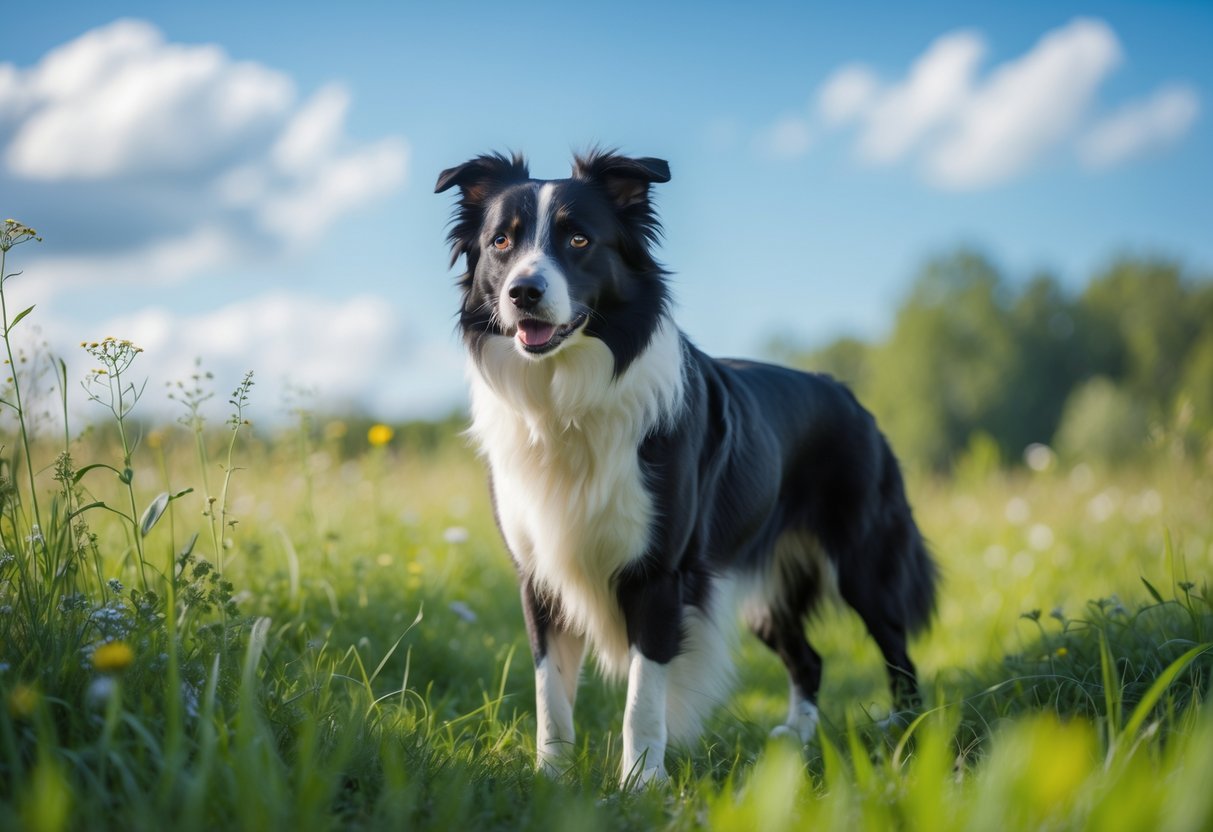
The Border Collie is known for its high intelligence and energy. It is a working breed that thrives with plenty of mental and physical activity. Without enough stimulation, it may become bored or develop behavioral problems.
This breed is generally healthy and hardy. Responsible breeders check for common issues like hip dysplasia and eye conditions. The Border Collie’s active lifestyle helps it stay fit and maintain good health.
Border Collies live on average 12 to 15 years. They need an owner who can provide regular exercise and mental challenges, such as training or herding tasks. Their strong bond with humans makes them loyal and responsive companions.
8) Siberian Husky
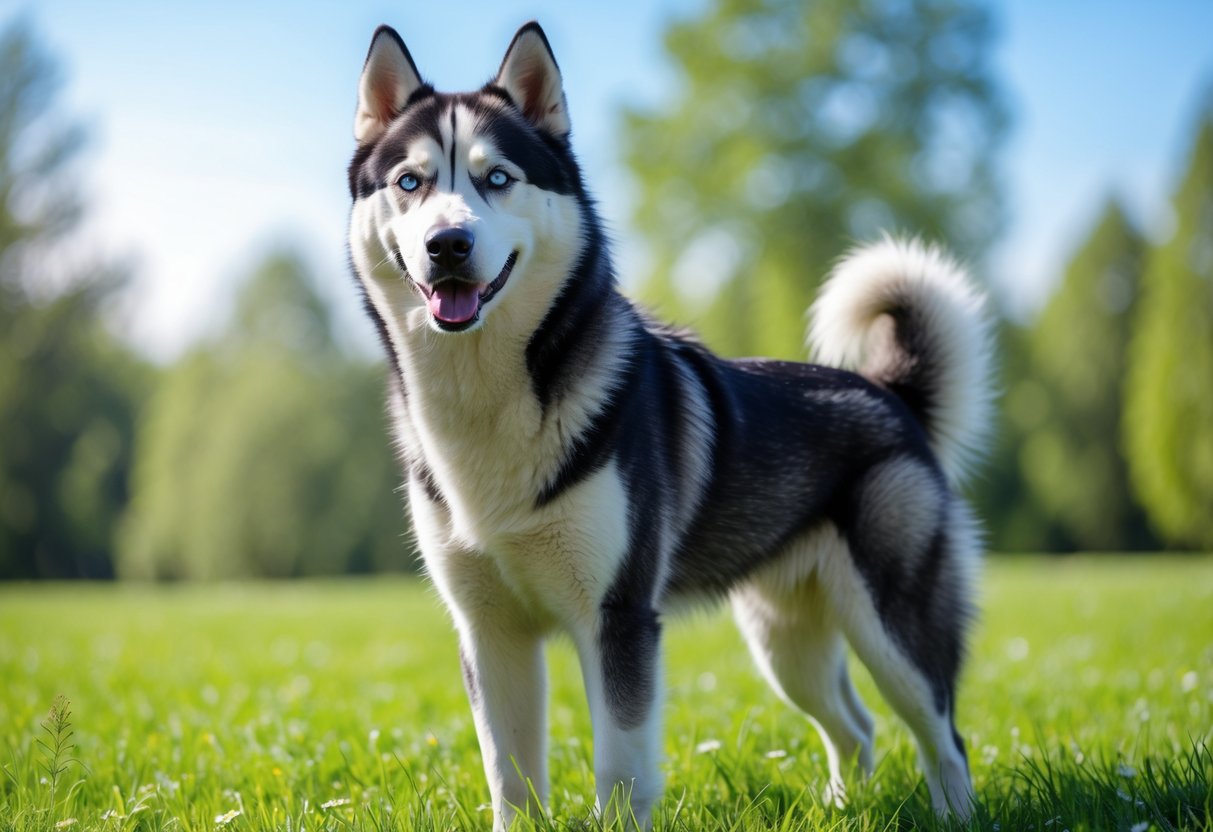
The Siberian Husky is known for being a sturdy and active dog breed. It was originally bred to pull sleds in cold climates, which makes it strong and resilient.
This breed tends to have fewer genetic health problems compared to many other dogs. Responsible breeders focus on health when breeding Siberian Huskies.
Though generally healthy, they can face some common issues like hip dysplasia and eye problems. Regular check-ups and proper care can help catch these early.
Siberian Huskies need a lot of exercise and mental stimulation. Without enough activity, they may become bored or develop behavioral problems.
Their thick coat requires regular grooming, especially during shedding seasons. This helps keep their skin healthy and reduces loose fur in the home.
Overall, Siberian Huskies are a good choice for experienced owners who can meet their exercise and care needs. They thrive in active households where their health is monitored regularly.
9) English Foxhound
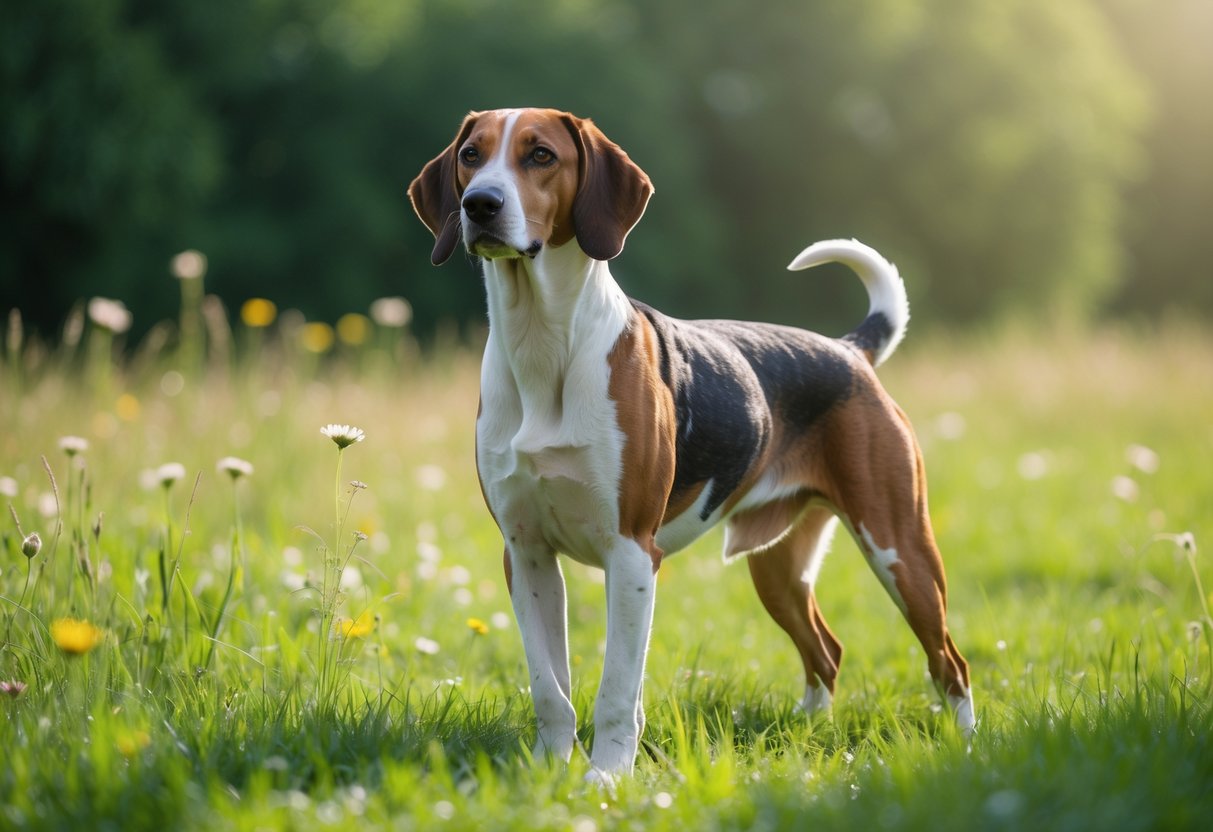
The English Foxhound is one of the healthiest dog breeds. It has very few inherited health problems compared to many other breeds.
Common issues include hip dysplasia, a condition that affects joint movement. Some dogs may also have elbow dysplasia or patella luxation, which impact mobility.
Epilepsy and spinal disorders can occur but are not very common. Another concern in this breed is congenital deafness, which happens more often than in many other dogs.
English Foxhounds need plenty of exercise and space to stay healthy. Their strong stamina and active nature mean they do best in homes that can meet their physical needs.
They generally have a long life and are known for good health if properly cared for. Their rarity in the U.S. partly comes from their original use in hunting, which is less common today.
10) Belgian Malinois
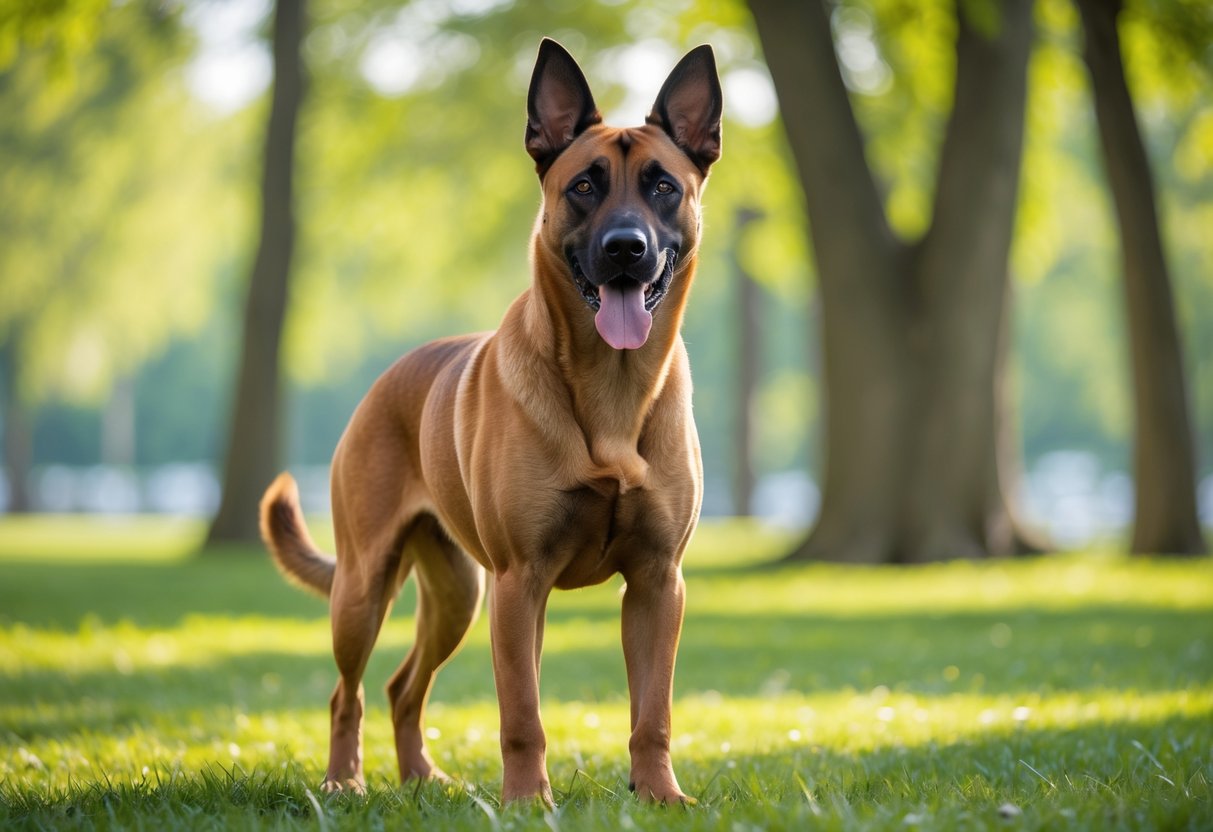
The Belgian Malinois is a strong and athletic dog breed. It is known for high energy and intelligence. This breed needs plenty of exercise each day to stay healthy and happy.
They require at least one to two hours of physical activity and mental challenges. Without enough stimulation, they can become bored and may develop behavioral issues.
The Belgian Malinois is generally healthy with a lifespan of about 14 years. Like all breeds, it can face some health risks but is considered a robust and long-living dog.
This breed is best suited for active owners who can provide structured training and regular work. Its loyalty and sharp mind make it a good companion for those who meet its needs.
Factors That Influence Canine Health

A dog’s health is shaped by many elements that interact to affect its quality of life and longevity. Some factors are inherited, while others depend on how the dog is cared for every day, including its diet and activity levels.
Genetic Diversity
Genetic diversity plays a big role in a dog’s health. Dogs from a wide gene pool tend to have fewer inherited diseases. Mixed breeds often benefit from this diversity because they are less likely to inherit specific genetic conditions common in purebreds.
Purebred dogs can be prone to health problems linked to their specific lineage. Some breeds carry risks for joint issues, heart disease, or respiratory problems. Selecting dogs from responsible breeders who test for genetic diseases lowers the chance of inherited illnesses.
Diet and Nutrition
Proper nutrition is vital for keeping dogs healthy. A balanced diet that matches a dog’s age, size, and activity level supports a strong immune system and healthy weight. Overfeeding or poor-quality food can lead to obesity, which increases the risk of diabetes, joint stress, and heart disease.
Dogs need the right mix of proteins, fats, vitamins, and minerals. Owners should choose food with clear ingredients and avoid excessive fillers or artificial additives. Fresh water and avoiding toxic foods like chocolate or grapes are also critical.
Exercise Requirements
Regular exercise affects both physical and mental health in dogs. Active breeds need more daily movement to prevent obesity and related health problems. Without enough exercise, dogs can develop behavioral issues and weak muscles.
Exercise also helps control weight and supports cardiovascular health. The type and amount of activity should fit the dog’s breed, age, and overall condition. Even breeds with lower energy still require at least daily walks or playtime.
Common Health Challenges in Dogs
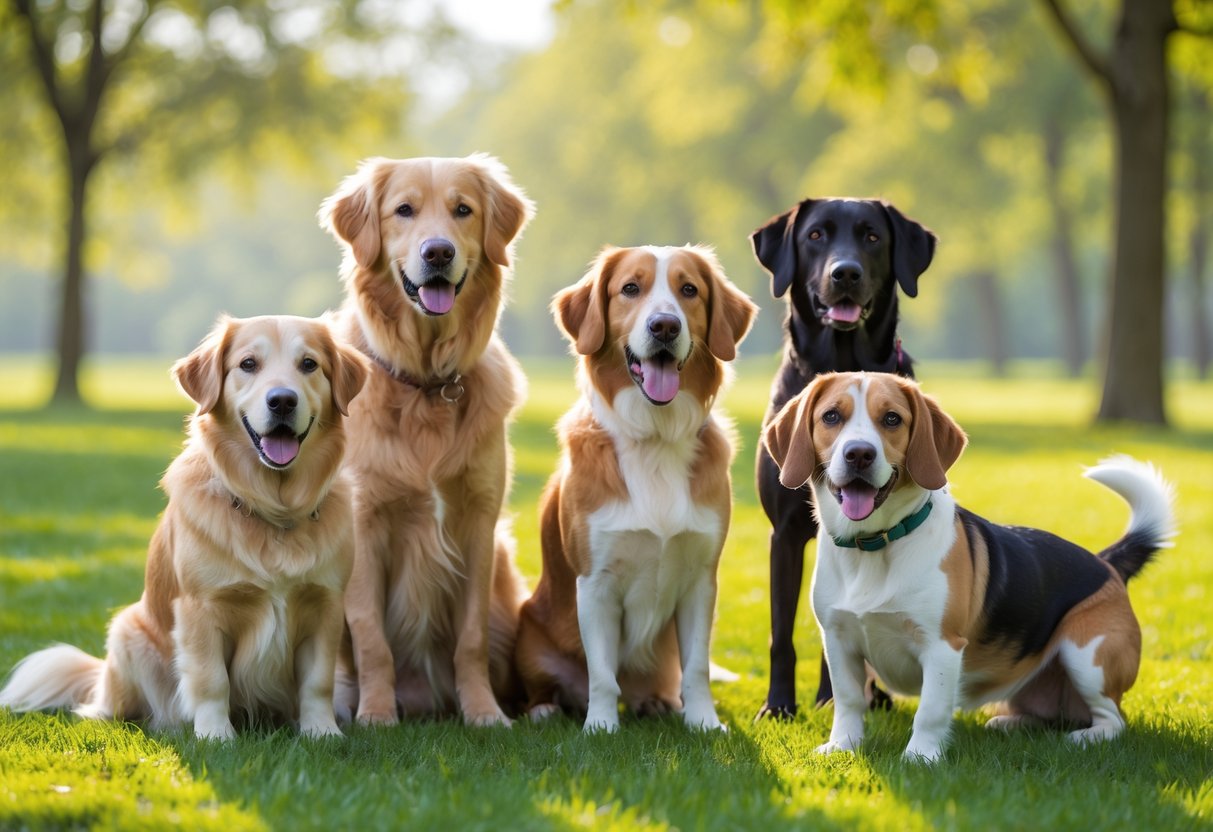
Dogs can face a range of health issues. Some arise from their genes, while others come from their surroundings. Knowing these helps owners keep their pets healthier.
Inherited Conditions
Dogs can inherit diseases passed down through their family lines. Common inherited conditions include hip dysplasia, heart problems, and certain types of cancer. These issues often affect specific breeds more than others.
Hip dysplasia is a joint problem where the hip socket doesn’t fit properly, causing pain and mobility issues. Large breeds are more vulnerable to this condition.
Heart disease can vary but often involves thickening or weakening of the heart muscle. Some breeds are more prone due to their genetics.
Breeders focus on reducing inherited conditions by screening dogs before breeding. Selecting healthy parents helps lower the chance of passing on serious diseases.
Environmental Influences
A dog’s surroundings also shape its health. Poor diet, lack of exercise, and exposure to toxins can cause health problems.
Allergies from pollen, dust, or certain foods commonly trigger skin and digestive issues. These problems may worsen without proper care.
Injuries from rough play, accidents, or overexertion can lead to long-term problems like arthritis.
Proper grooming, clean living spaces, and regular vet visits support a dog’s well-being. Owners should watch for changes in behavior or symptoms to catch issues early.
Frequently Asked Questions
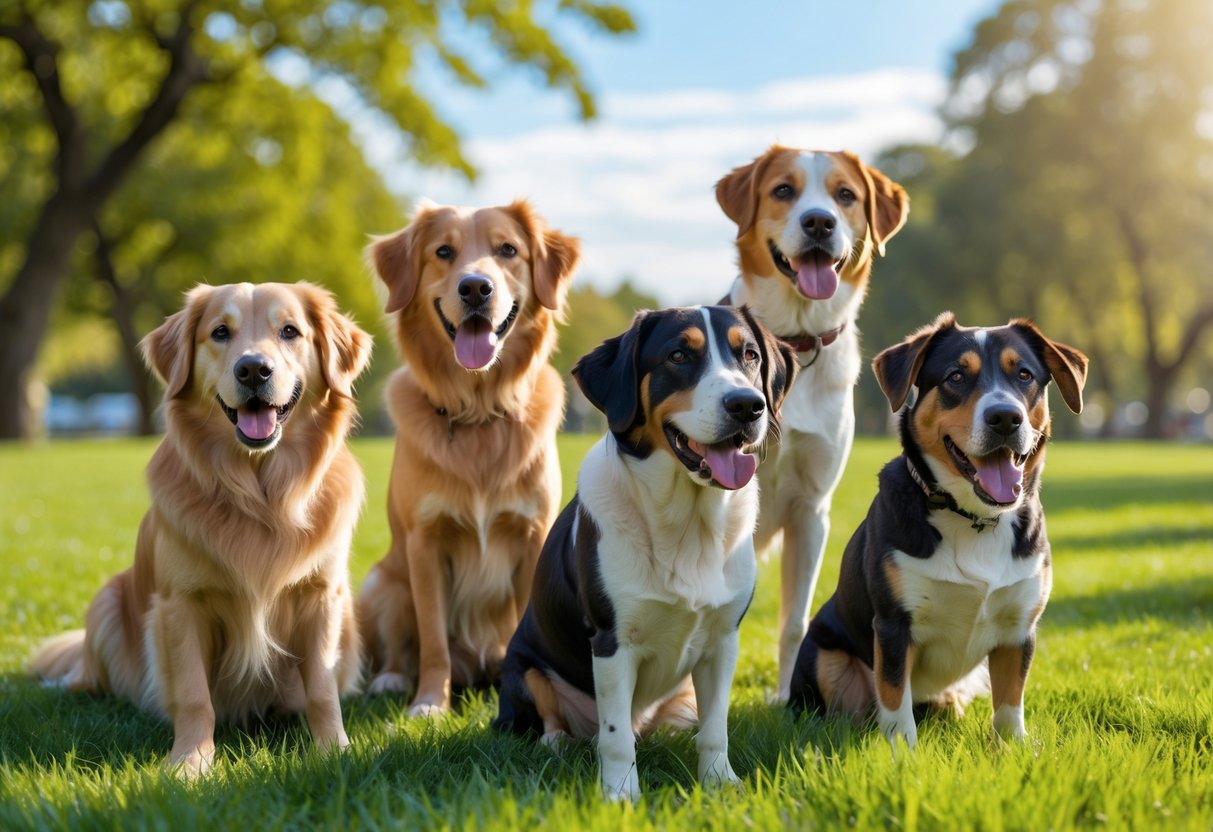
Healthy dog breeds often have long lifespans, strong genetics, and low risks of common illnesses. Some small breeds stand out for their low health issues. Certain traits help identify breeds that need less care while staying healthy.
What are some dog breeds known for their longevity and robust health?
The Australian Cattle Dog is well-known for living very long, sometimes over 15 years, with few health problems. Basenjis and Shiba Inus also tend to have long lifespans and solid health due to their strong genetic backgrounds.
Which small dog breeds have the fewest health problems?
Chihuahuas and Toy Poodles are among small dog breeds that generally suffer fewer health issues. They are less prone to genetic diseases when properly cared for and maintained at a healthy weight.
What characteristics define a low-maintenance and healthy dog breed?
Low-maintenance breeds typically require minimal grooming, have few hereditary health issues, and adapt well to different environments. They benefit from regular exercise but do not have complex dietary or medical needs.
Can you list the top ten breeds with the best overall health?
Top breeds with excellent health include Australian Cattle Dogs, Chihuahuas, Toy Poodles, Basenjis, Shiba Inus, Labrador Retrievers, Border Collies, Siberian Huskies, Beagles, and Boxers. These dogs tend to have fewer genetic problems and live longer with proper care.
Are there specific breeds recommended by the AKC for their health standards?
The American Kennel Club recognizes breeds like the Australian Cattle Dog and Basenji for their overall sound health and longevity. These breeds meet rigorous health testing and breeding standards.
What factors contribute to a dog breed being considered one of the healthiest?
Healthiest breeds often have broad genetic pools, low rates of inherited diseases, and physical traits that reduce common issues. Environment, diet, and exercise also play key roles in maintaining their health over time.
